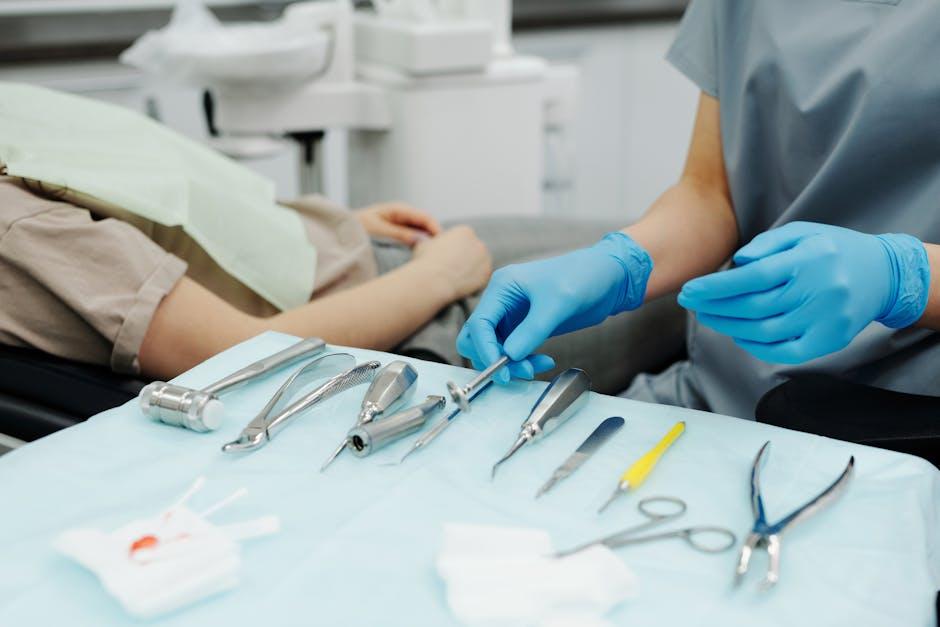
ER or Not: Toothache – University of Utah Health
Toothaches are notoriously painful and disruptive. When throbbing pain strikes, many wonder: should I rush to the emergency room (ER), or is this something a dental office can handle? Knowing when a toothache becomes an urgent medical emergency can save you from unnecessary ER visits and, more importantly, prevent serious complications.
In this comprehensive guide, University of Utah Health experts explain how to distinguish between a typical toothache and a dental emergency that warrants immediate attention. We’ll cover symptoms, causes, treatment options, and practical tips for managing tooth pain.
Understanding Toothaches: Causes and Types
Toothaches arise due to a variety of dental conditions. Some common causes include:
- Tooth decay: Cavities erode tooth enamel leading to pain.
- Infection: Abscessed teeth or gums can cause intense pain and swelling.
- Gum disease: Inflamed or infected gums can lead to discomfort.
- Tooth fracture: Cracks in the tooth expose nerves.
- Sinus infection: Sometimes sinus pressure causes tooth pain in upper teeth.
- Damaged fillings or crowns: When dental restorations break down.
While many toothaches require a dentist’s care, only some need emergency care, which brings us to the crucial question:
When to Go to the ER for a Toothache
Most toothaches are best treated by a dentist, but you should seek emergency room care immediately if you experience:
- Severe facial swelling: This could be a sign of a spreading infection that can block airways.
- Difficulty breathing or swallowing: Indicates a potential medical emergency.
- High fever (above 101°F or 38.3°C): May suggest infection has spread beyond the mouth.
- Uncontrolled bleeding: Following a tooth injury or dental procedure.
- Severe trauma to your face or jaw: Often caused by accidents or sports injuries.
- Signs of sepsis: Confusion, rapid heartbeat, or dizziness in combination with dental pain.
If none of these symptoms apply and the pain is tolerable, contact your dentist promptly but visit the ER only for emergencies.
Toothache Emergency Indicators: Quick Reference Table
| Symptom | Urgency Level | Recommended Action |
|---|---|---|
| Severe swelling on face/neck | High | Go to ER immediately |
| Difficulty breathing or swallowing | High | Call 911 or ER visit |
| High fever with tooth pain | Moderate-High | ER or urgent dental care |
| Chronic mild to moderate pain | Low | See dentist within a few days |
| Minor tooth sensitivity | Low | Routine dental checkup |
What to Expect at the Emergency Room for a Toothache
At the ER, the focus is on stabilizing severe symptoms rather than long-term dental care. Emergency physicians may:
- Prescribe antibiotics for infections
- Provide pain management with medications
- Offer drainage for abscesses if trained
- Refer you to a dentist or oral surgeon for follow-up treatment
However, the ER typically cannot extract teeth or perform definitive dental restorations. This is why follow-up with a dental professional is essential after emergency treatment.
Managing Toothache Pain at Home Before Your Dental Visit
For toothaches that aren’t emergencies, here are practical tips to help ease your discomfort at home:
- Rinse your mouth with warm salt water to reduce inflammation.
- Use over-the-counter pain relievers like ibuprofen or acetaminophen (follow dosage instructions carefully).
- Apply cold compresses on the cheek to numb pain and decrease swelling.
- Avoid very hot, cold, or sugary food and drinks that may worsen pain.
- Maintain good oral hygiene but be gentle around the painful area.
Case Study: When a Toothache Became an Emergency
Consider Sarah’s experience — a University of Utah Health patient:
Sarah had a mild toothache for several days but delayed dental care. Suddenly, her face became swollen and she developed a fever. Recognizing these emergency signs, Sarah went to the ER. The medical team started antibiotics immediately to prevent the infection from spreading, then referred her to a dentist where the abscessed tooth was treated. Sarah’s quick action and professional care prevented a life-threatening situation.
Why Choosing University of Utah Health for Dental Emergencies Matters
University of Utah Health offers comprehensive dental care including emergency services tailored to the needs of Utah residents. Our experienced dental and medical teams collaborate to ensure safe, prompt, and effective treatment of toothaches and related emergencies.
- 24/7 availability for urgent dental issues
- Access to advanced imaging and diagnostics
- Multidisciplinary care including oral surgery
- Patient education for prevention and dental health maintenance
Summary: When To Go to the ER or Dentist for Tooth Pain
| Toothache Symptom | Suggested Care |
|---|---|
| Severe swelling, fever, breathing difficulty | Emergency Room |
| Moderate pain without swelling or fever | Urgent Dental Appointment |
| Mild or intermittent sensitivity | Routine Dentist Visit |
Final Thoughts
A toothache can be more than just a nuisance — it can signal serious health risks if ignored. Understanding the difference between a dental emergency and a routine issue can help you make informed decisions about care, reduce unnecessary ER visits, and get the right treatment on time.
Remember, University of Utah Health is here to guide you through every step of managing tooth pain safely and effectively. If you are ever unsure about the severity of your toothache, contacting our emergency dental services is a smart step toward protecting your health.
For more information or to schedule an appointment, visit University of Utah Health Dental Services.


